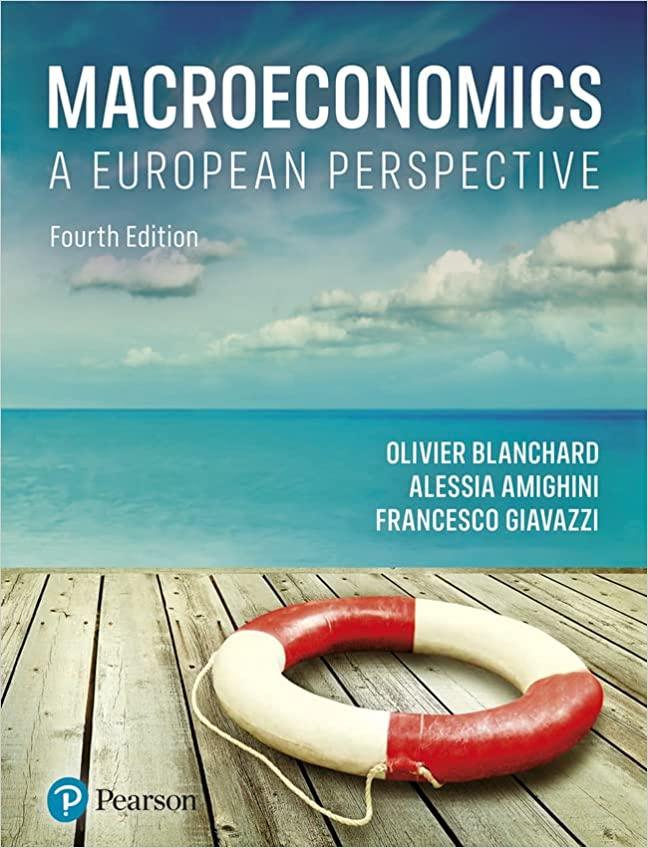In a 2012 book, The New Geography of Jobs (a book described by Barack Obama as 'a
Question:
In a 2012 book, The New Geography of Jobs (a book described by Barack Obama as 'a timely and smart discussion of how different cities and regions have made a changing economy work for them', and by William Galston in The Wall Street Journal as 'the most important book of the decade on the contemporary economy'), Berkeley's Enrico Moretti analyses the growing geographic differences in economic well-being between cities. He finds that the sorting of highly educated Americans - and high-paying jobs requiring a lot of education - into certain communities has led to other communities falling behind. Moreover, they have been falling behind faster economically as time goes on. This pattern, in turn, has been reflected in other socioeconomic differences, including political attitudes, divorce rates and life expectancies. The book shows why jobs accumulate in certain cities and regions, while other regions remain stagnant or worse. It shows how important a hub of innovation can be. But, while that hub is aided by the presence of a prominent university, it is not sufficient. Other factors tie in, such as the presence of a few prominent innovators - individuals who draw more and more top innovators into the region. People like to 'be where the action is'.
COVID-19 has posed a profound challenge to megacities. Big urban centres are the new plague pits. New York City, the United States' most crowded big city, has suffered about \(23 \%\) of all US deaths from the virus in the first three months of the pandemic; London's share of UK deaths was 23\%; Madrid about \(32 \%\); and Stockholm even more (see https://www.ft.com/content/ e30b16e2-9604-11ea-899a-f62a20d54625).
What do you think is the future of 'big cities'?
Step by Step Answer:

Macroeconomics A European Perspective
ISBN: 9781292360898
4th Edition
Authors: Olivier Blanchard, Alessia Amighini, Francesco Giavazzi





